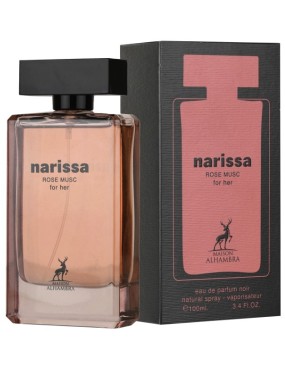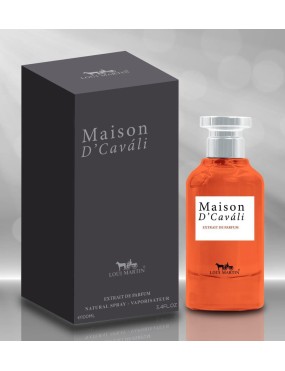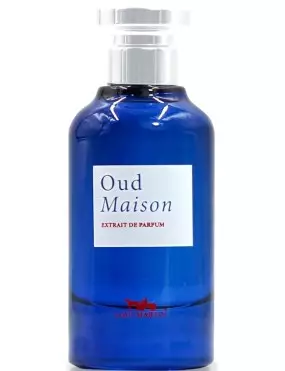New products
-
Maison Alhambra Narissa...€19.00 PriceLoui Martin Maison D'Caváli...€29.90 PriceLoui Martin Oud Maison EDP...€29.90 Price
-
Maison Alhambra Jean Lowe...€29.90 PriceLattafa Yara Candy EDP 100ml€29.90 PricePre-orderTheodoros Kalotinis...€45.00 Price
-
Pre-orderTheodoros Kalotinis...€45.00 PricePre-orderTheodoros Kalotinis Bubble...€45.00 Price
Olfactory families
As a perfume lover, you will surely have heard of olfactory families, these families allow you to classify perfumes in a category, based on the primary ingredients that make it up, or the materials from which they are extracted.
In this article we reveal the 10 main olfactory families to guide you in your choice and introduce you to the wonderful world of perfumery a little more.
Chypre
Chypre, creations in honor of the island of Cyprus, a tribute to the atmospheres and scents of the Mediterranean: a citrus beginning that sees a floral bouquet in the heart to always conclude with the acute and enveloping notes of musk, oak, labdanum.
The typical structure of these perfumes includes an accord of bergamot, rose or jasmine, oak moss, patchouli and labdanum which give life to the Chypre genre, intense and spicy perfumes, at the same time an expression of elegance and refinement.
Leather
They recall the smell of leather, suede, the characteristic scents of leather fragrances are reproduced by the animal notes of castoreum, civet, ambergris, musk, combined with vegetable notes such as cistus or birch bark. The notes of tobacco are also often used to create sensual and persuasive compositions, giving life to complex but extremely fascinating perfumes.
Floral
It is probably the largest olfactory family, typical of women's fragrances, the combinations are endless, the creations as many, thanks to the great variety of flowers present in nature, you can find "soliflore" fragrances, i.e. made with a single flower, or compound bouquets from more flowers.
Fougere
The Fougère olfactory family indicates a category of purely masculine perfumes characterized by an accord of lavender, geranium, vetiver, oak moss and coumarin or tonka bean, to which are added more or less fresh nuances that enhance its personality, it can be interpreted in various ways provided that the basic scheme is respected.
Fougère compositions have a virile and reassuring character.
Fruity
The fruity olfactory family mainly refers to compositions rich in citrus fruits, such as bergamot, lemon, mandarin, orange and grapefruit, however more exotic notes have been added to the category over the years, such as kumquat, lime and yuzu, but also pineapple, lychee, peach or currant.
The result is fresh, sweet fragrances whose olfactory perception is linked to the smell and taste of the fruit used.
Gourmet
The olfactory family of Gourmand perfumes is inspired precisely by pastry, by the use of materials such as vanilla, caramel, milk, honey, coconut and cocoa in combinations capable of stimulating multiple senses, from smell to the taste, triggering the most sensitive receptors and bringing back ancient flavors and specific sensations.
Woody
The woody olfactory family revolves around accords of woods such as cedar, sandalwood, vetiver, patchouli, oak moss, and their variety and peculiarity allows you to create drier notes with cedar and vetiver, softer with sandalwood, or moist and earthy with patchouli.



















 Italiano
Italiano English
English
















Leave a Reply Cancel Reply